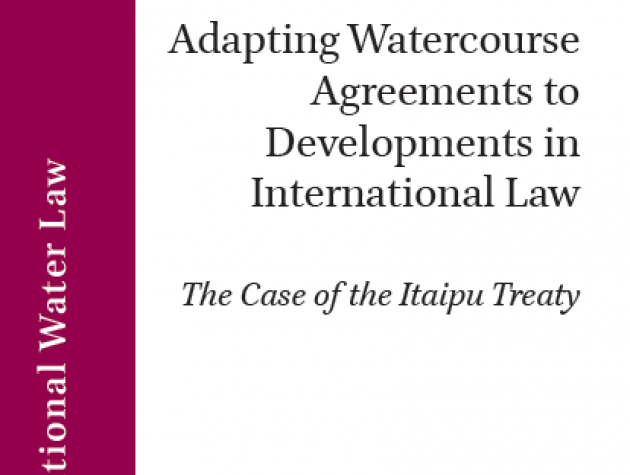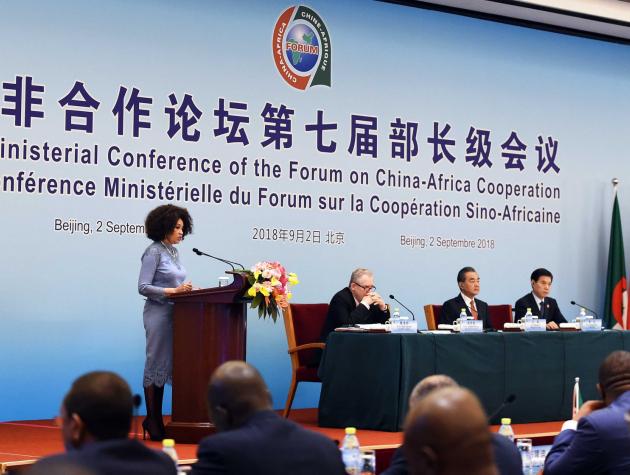China in the Mekong: Building Dams for Whose Benefit?
Abstract
China is a “hydro-superpower”. How it harnesses the resources and energy potential of the international rivers flowing through its territory can have a significant – and at times, irreparable – impact not only on the complex ecosystems sustained by these rivers, but also on local communities both within and downstream of its borders. In mainland Southeast Asia, Chineseled hydropower schemes are transforming the region’s landscapes and waterscapes. Designed to meet growing Chinese and regional power demands, these dams often become a “necessary evil”: necessary to national and regional development, but harmful to important rivers like the Mekong, Irrawaddy and Sesan, and the livelihoods that are tied to their natural ebbs and flows.
Author Bio
Pichamon Yeophantong is a Global Leaders Fellow currently based in the Niehaus Center for Globalization and Governance, Woodrow Wilson School of Public and International Affairs, Princeton University). Pichamon completed her PhD and MA (First-Class Honours) in International Relations as an inaugural China Institute Scholar and Hedley Bull Scholar at the Australian National University, and has held visiting positions at Peking University and National Taiwan University, among others. Her research interests centre broadly on Chinese foreign policy and history, theories of power and responsibility, and global environmental governance. She is currently working on two book manuscripts, one on China’s ‘responsibility’ in global governance and another on Chinese resource investments in mainland Southeast Asia.






